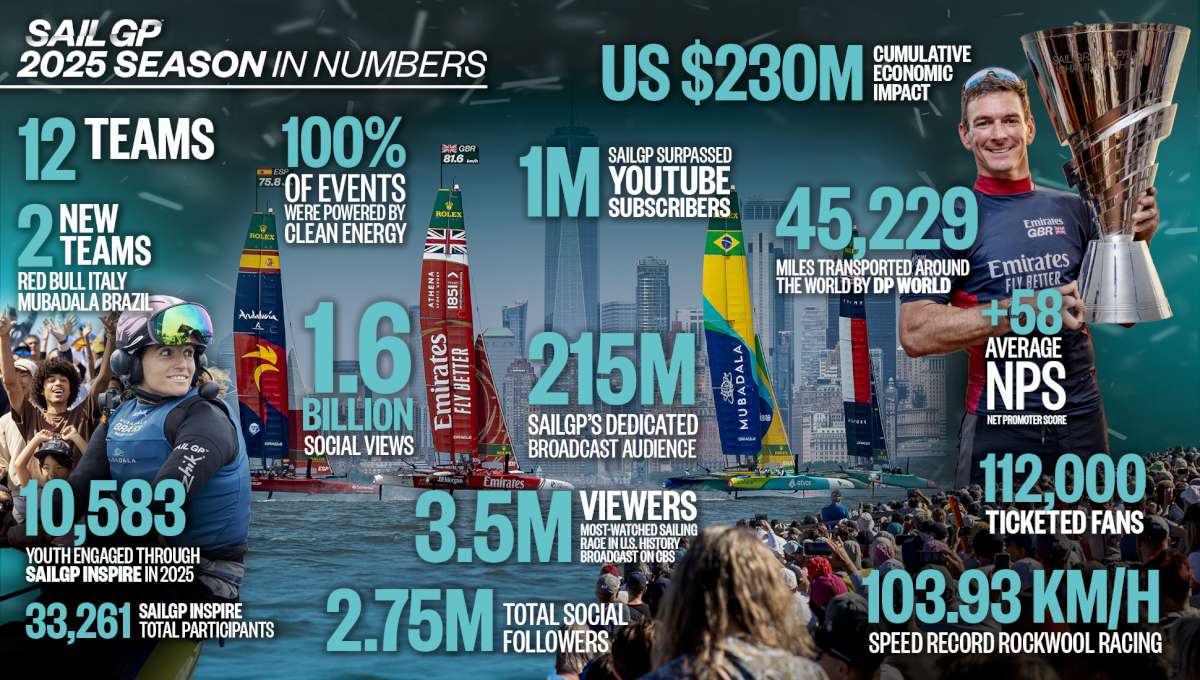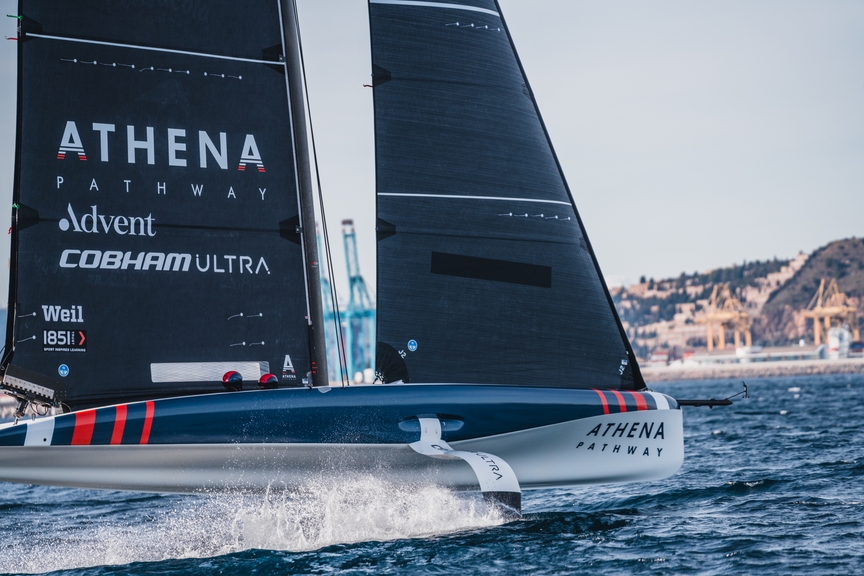OFFSHORE by DAVID SALTER
One of the handiest things about the sport of offshore racing is that almost any judgement you may wish to make about it can be true. Or false.
Each contest has so many inter-dependant variables ‘ and such large lashings of luck ‘ that the same set of facts can be cited to support completely opposing viewpoints.
The overall (i.e. IRC handicap) result of the 2006 Sydney-Hobart offers an instructive example. The fawning pundits declared Love and War’s victory a triumphant vindication of the IRC rating system and proof that the rule ‘works’.
Tell that to the blokes on Ichi Ban, Yendys and Wot Yot. They’re more likely to be crying into their dockside beers that any handicap regime that allows a couple of 30-year-old yachts to take the top two placings must be seriously flawed. Otherwise, what’s the point in their owners spending millions on hi-tech new boats’
The truth, as always in this minefield of factors, lies somewhere in between.
Shortly after the introduction of the IRC division, John Walker optimised his little IOR veteran Impeccable and soon scored impressive handicap results against much larger modern yachts. There were clearly huge advantages, if not loopholes, available under the new rule for some of the older boats.
Faced with the demise of IMS, many traditionalists preferred to stick with the more collegial alternative of PHS. But that division has continued to dwindle and there’s little doubt performance-based handicapping is now on the brink of extinction for the major offshore events.
So it was heartening to see the high representation of ‘classic’ yachts in the Sydney-Hobart top 10 this year. But before IRC is anointed as the perfect system, we should acknowledge two factors than no handicap regime can control.
Time corrections based purely on a measurement rating assume that all yachts are sailed with equal ability. That is, of course, nonsense. The big-money campaigns will attract ‘ or hire ‘ the best available crew. (Interestingly, PHS is a much fairer system on this score: the better you sail, the tougher your handicap becomes.)
Meanwhile, the glorious uncertainty of weather can often have a far greater influence over final results than the governing TCF rating calculation.
For the first time in many years, the 2006 Sydney-Hobart was a windward race all the way. The heavier old displacement yachts could bash into the stiff southerly at full power. At the same time, many of the modern lightweight competitors were forced to sail well below full throttle (and therefore below their ratings). The conditions created an unexpected set of results.
* * * *
THERE was a lot of ignorant twaddle published in the popular press about the tiny 1932 gaffer Maluka. Sean Langman and his crew did a mighty job completing a tough race in fine style, but they could have done without some of their more fanciful media coverage.
The boat was routinely described as having been ‘restored to her original condition’. As reported in a previous edition of Australian Yachting, this was not a classic restoration but a sensible re-build.
The hull has been strengthened with multiple layers of fibreglass. The spars are carbon. The boat has electronics and winches. The sailplan is larger than the original Cliff Gale design. To satisfy ABS scantlings and Category One requirements, Maluka has scores of other contemporary modifications and additions.
The most ludicrous tosh about the boat was written by Tim Colquhoun, of the Sydney Morning Herald. He described Maluka as ‘a tiny, nine-metre launch that was first entered ‘ and shipwrecked ‘ in the 1935 Hobart race. It was salvaged and went on to finish the 1936 race, making this year the 70th anniversary of that feat’.
It seems to have escaped Mr Colquhoun that the first Sydney-Hobart race was sailed a decade later, in 1945.
* * * *
UNDISPUTED first prize in the pre-race ‘Whimpering Wounded Puppy’ contest went to Matt Allen, owner/skipper of Ichi Ban. His anguished comments following a compulsory re-rating to include the dimensions of a new mainsail set fresh high-points in persecution anxiety.
Let’s get Matt’s grizzling into perspective. His yacht cost around $5 million to build. Recent modifications to convert the former Volvo 70 into an IRC contender consumed another $500,000. The new square-topped main ‘ delivered a few days before the start ‘ then set him back a further $100,000.
Not surprisingly, the CYCA wasn’t prepared to let this potential rule-bending avoid scrutiny. The resulting revised rating reportedly could ‘possibly’ add 20 minutes to Ichi Ban’s corrected time. Allen responded with one of the more amusing quotes of the year:
‘I can’t afford to burn $100,000 ‘ I’m only an amateur boat. I’m not sponsored by anyone, and for a rating office to do that is just totally unconscionable.’
Matt’s notion of what constitutes ‘an amateur boat’ provoked hearty guffaws from the back-of-the-fleet boys. There were even suggestions they might pass the hat around to ease his obvious pain and financial discomfort.
* * * *
NUMBER of entrants in the 2006 Sydney-Hobart Cruising Division: 1. Chances of this preposterous sub-section surviving for the 2007 event: 0.
* * * *
DISMASTING is never a good look, especially when your boat has already dipped its spar in the tide only a year before.
The massive Maximus wing mast was still on the trestles in the Woolwich Dock shed a week before the race. Riggers were swarming all over it and areas due for special attention had been marked out in bright paint. The whole scene did little to inspire confidence in the durability of the rig ‘ an impression that was only heightened by the robust conditions on Boxing Day.
In the end, it seems a forestay fitting failed, not the carbon section itself. But greeting his line honours win, Bob Oatley took obvious pleasure in explaining that everything on Wild Oats XI had been thoroughly checked three times before the race.
Many of us immediately recalled that embarrassing dismasting during the last America’s Cup. The lesson for the Kiwis was surely about preparation rather than engineering.
* * * *
RACING yachts are beautiful things, but sponsorship often renders their names excruciatingly ugly. Fans who followed the Sydney-Hobart standings on the internet had to scroll through such ham-fisted monikers as DSK Comifin, Global Yacht Racing Next, National Credit Insurance Toy Box, Star Dean-Willcocks and Getaway-CMC Markets.
It made simple, elegant names like Illusion and Fidelis sound like poetry.
























